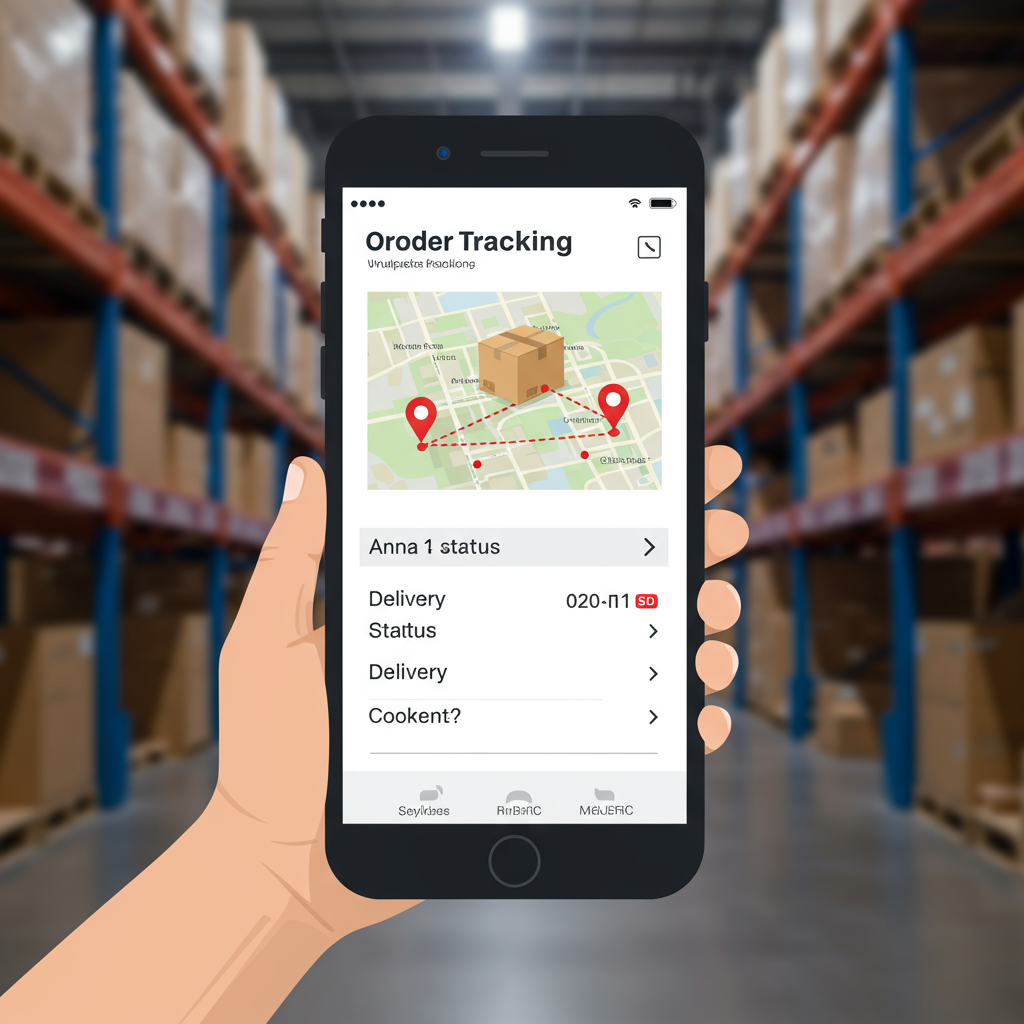Elevate your customer experience and streamline operations with robust order tracking solutions for your Shopify store.
As a Shopify merchant, I know firsthand the excitement of a new order. But that excitement quickly shifts to the crucial phase of fulfillment and, perhaps most importantly, ensuring your customer knows exactly where their eagerly awaited package is.
In today’s e-commerce landscape, order tracking isn’t just a nice-to-have; it’s a fundamental expectation. Customers want transparency, peace of mind, and real-time updates from the moment they click “buy” until their item arrives at their doorstep.
Failing to provide adequate tracking can lead to increased customer inquiries, frustration, and even negative reviews. Conversely, a well-implemented tracking system can significantly enhance customer satisfaction and build lasting loyalty.
Think about it from your customer’s perspective. They’ve just spent their hard-earned money. They’re excited about their purchase. The last thing they want is to be left in the dark, wondering when their order will arrive.
Proactive communication through effective order tracking reduces “Where is my order?” (WISMO) inquiries, freeing up your customer service team to focus on more complex issues. This is a direct benefit to your operational efficiency.
Beyond just reducing inquiries, a superior tracking experience builds trust. When customers feel informed and in control, they are more likely to return for future purchases and recommend your store to others.
So, how do we, as Shopify merchants, effectively integrate robust order tracking into our stores? Let’s dive into the options and best practices.
Shopify, by default, offers some basic tracking capabilities. When you fulfill an order and add a tracking number, Shopify automatically generates a tracking link that customers can access from their order confirmation emails or their customer accounts.
This native functionality is a good starting point, especially for smaller operations or those just beginning. It covers the bare essentials of providing a tracking number and a link to the carrier’s website.
However, I’ve found that these native capabilities often fall short for merchants looking to provide a truly branded and comprehensive post-purchase experience. The tracking page is usually generic, hosted by the carrier, and lacks your store’s branding.
This is where third-party order tracking integration solutions come into play. These apps and services are designed to bridge the gap, offering advanced features that elevate your tracking game significantly.
When I consider a third-party tracking solution, I look for several key features. First and foremost is multi-carrier support. My customers use various carriers, and I need a system that can track packages from all of them seamlessly.
Another critical feature is a branded tracking page. Instead of sending customers to a generic carrier website, I want them to land on a page that looks and feels like an extension of my store, complete with my logo, colors, and even promotional messages.
Real-time updates and customizable notifications are also non-negotiable. I want to be able to send automated email or SMS updates to my customers at every significant stage of their package’s journey: “In Transit,” “Out for Delivery,” “Delivered,” or even “Attempted Delivery.”
Proactive exception management is incredibly valuable. If a package is delayed or encounters an issue, I want to be notified immediately so I can address it before the customer even realizes there’s a problem. This turns potential frustration into an opportunity for excellent service.
Analytics and reporting are often overlooked but are incredibly powerful. Understanding delivery times, common carrier issues, and customer engagement with tracking pages can provide valuable insights for optimizing my shipping strategy.
Some advanced solutions even offer estimated delivery dates, which can further manage customer expectations and reduce inquiries. This level of transparency is highly appreciated by customers.
Integrating these solutions with Shopify is typically straightforward. Most popular tracking apps are available directly in the Shopify App Store. Installation usually involves a few clicks, granting the app necessary permissions to access your order data.
Once installed, the configuration process begins. This involves connecting your shipping carriers, customizing your branded tracking page, setting up notification triggers, and defining the content of those notifications.
I always recommend thorough testing after setup. Place a few test orders, generate tracking numbers, and follow the entire customer journey to ensure everything is working as expected, from the tracking link in the email to the updates on the branded page.
Beyond the technical integration, there are best practices I adhere to. Always communicate clearly with your customers about their tracking information. Make it easy for them to find the tracking link in their order confirmation and shipping update emails.
Set realistic expectations for delivery times. While tracking provides real-time updates, it’s still important to give customers an estimated window, especially during peak seasons or for international shipments.
Leverage the data you collect. If you notice a particular carrier consistently has delays in a certain region, you might consider alternative shipping methods for those areas. Data-driven decisions improve your overall fulfillment process.
Finally, use tracking as a proactive customer service tool. If you see a package stuck or returned, reach out to the customer *before* they reach out to you. This level of service transforms a potential negative experience into a positive one.
What are your thoughts on the importance of order tracking for your Shopify store? Have you implemented any advanced solutions, and what has your experience been like?
In conclusion, investing in a robust order tracking integration for your Shopify store is not just about providing a tracking number; it’s about building a seamless, transparent, and trustworthy post-purchase experience.
It reduces customer service overhead, enhances customer satisfaction, and ultimately contributes to repeat business and a stronger brand reputation. It’s an investment that truly pays off.






